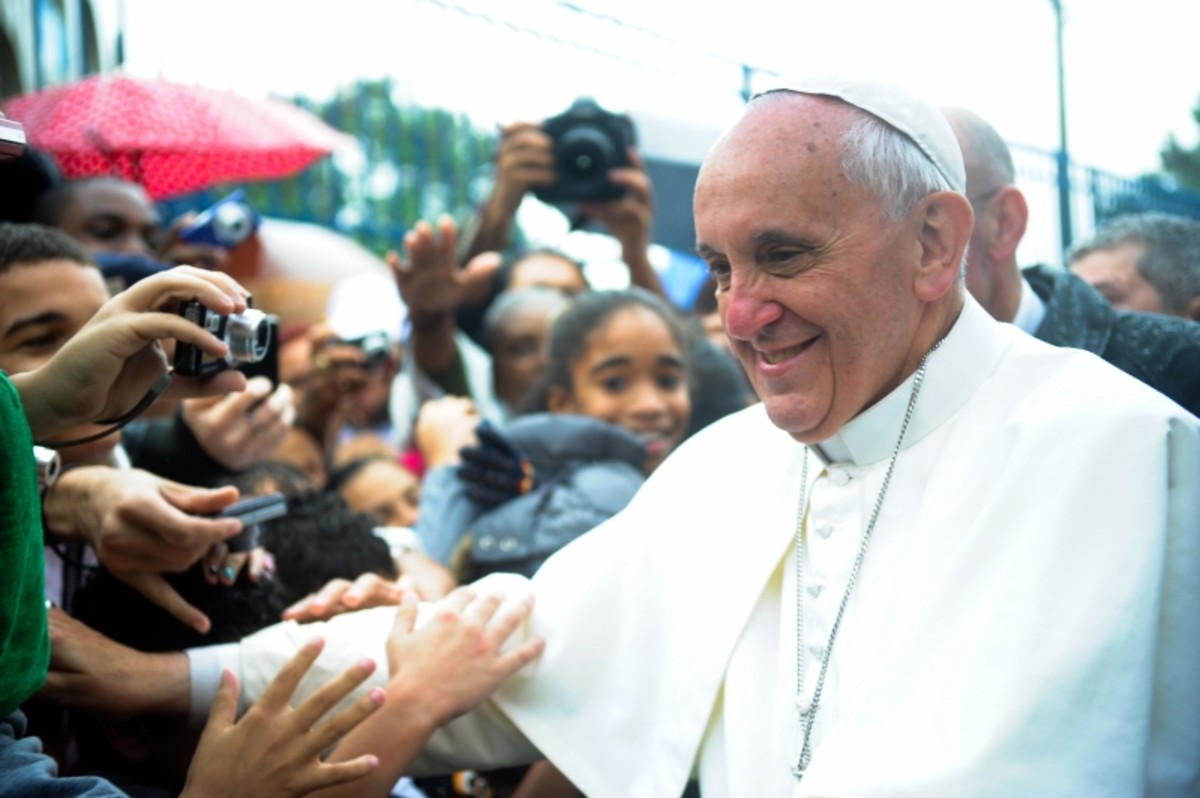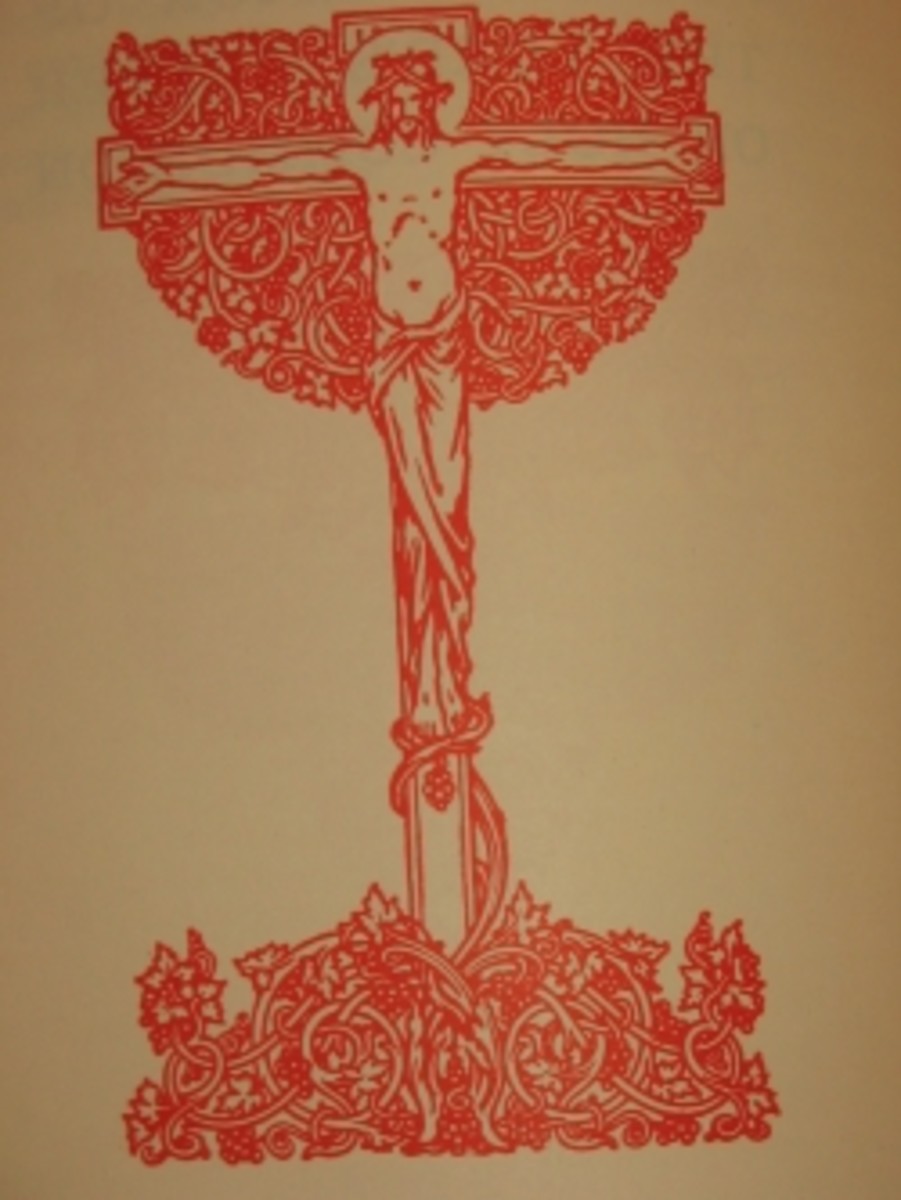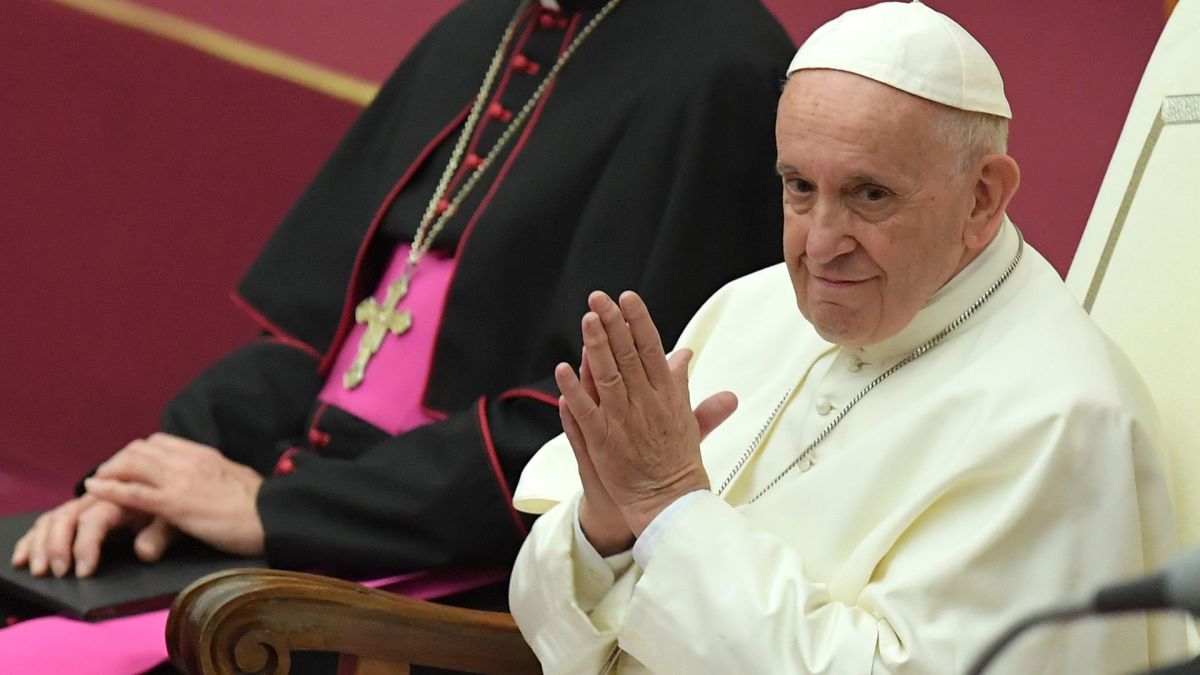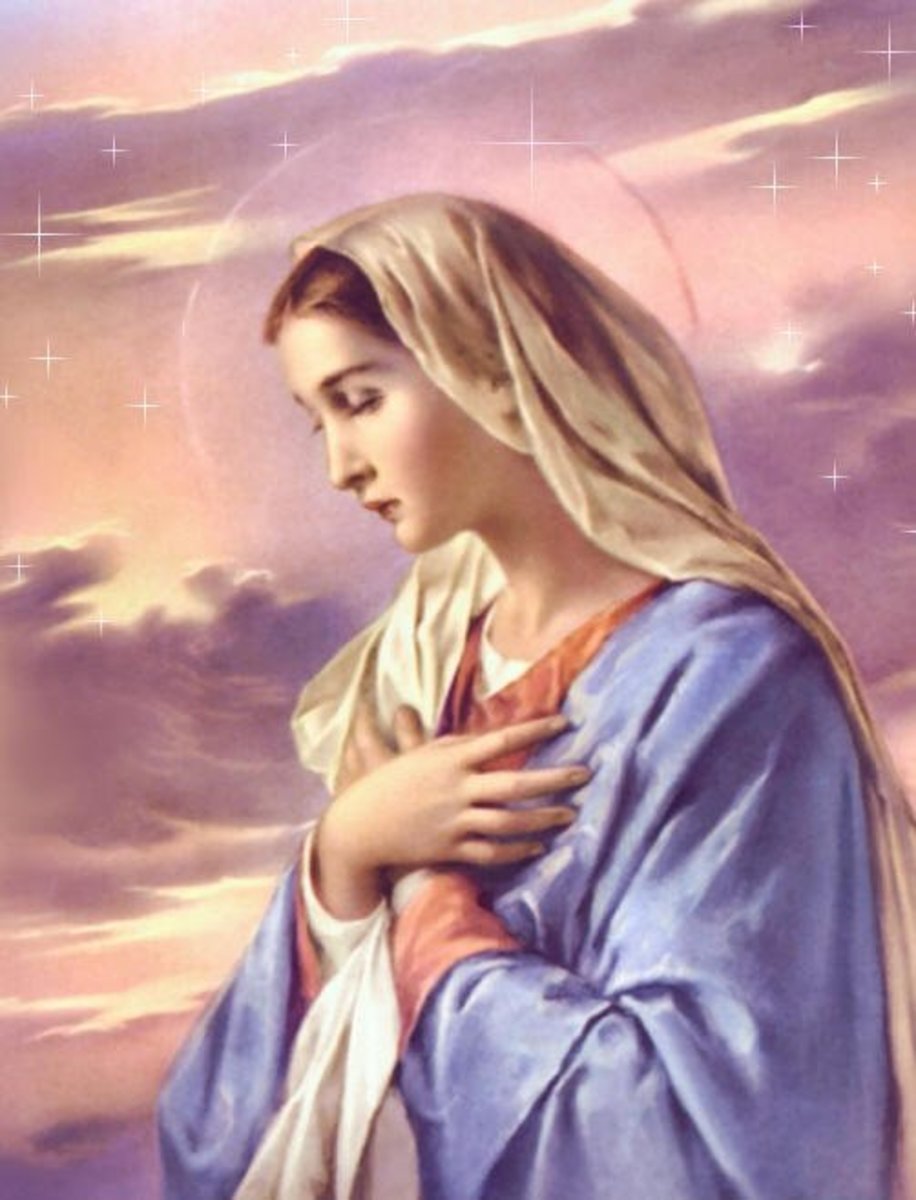How to Convert to Catholicism
Restored Stained Glass Window
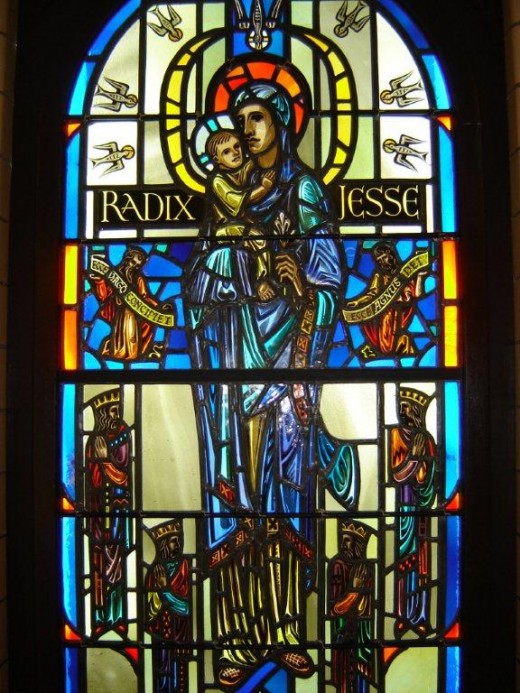
I was born on February 18. I was baptized on February 25. I am a cradle Catholic. When I describe myself, my religion is included in the list. I am as much a Catholic as I am blue eyed. It is how I was raised. It is innately who I am.
Although I grew up Catholic and in parochial schools, when I had an opportunity to get out in the world, I have learned more about my faith and other faiths. I have had friends spanning all religions, including Jewish, Methodist, Mormon, Non-Denominational, Hindu and even Atheist. I learned not to judge, but to learn and accept differences. As a result, I enjoy hearing what ‘you believe’. I know what I believe. I have found that there are more similarities than differences in some cases.
Six Steps To Converting to Catholicism
- Inquiry
- Catechumenate
- Rite of Election
- Period of Purification
- Easter Vigil
- Mystagogy
Dating a Non-Catholic
However, when I started dating my husband, religion came into play. When we discussed marriage, my husband, a non-practicing Methodist, was surprised when I insisted that he actively take part in raising our children in the Catholic church. Fortunately, he agreed, and the surprise was all mine when he decided on his own to convert.
We had been engaged about nine months and my husband came to me and asked, “How do you convert to Catholicism?” I told him, “Do not only do this for me. This is a decision you are choosing to make for yourself. You are becoming Catholic. Trust me. There is a process!”
You don’t just call the church and say, “I want to be Catholic.”
There are defined steps that need to be taken.
RCIA or Rite of Christian Initiation For Adults
RCIA is the Rite of Christian Initiation for Adults. This is a defined process followed by the Catholic Church taking an interested party from the inquiry stages to a full member of the Catholic Church.
Step One: Inquiry or Pre-Catechumenate
During this stage, you express interest in becoming a member of the church. Some parishes interview their candidates to make sure they understand the process and commitment.
A sponsor is chosen. If you have not been baptized, in addition to being a faith role model, your sponsor will be your Godparent. Sponsors must be older than sixteen and a practicing Catholic. Because you admire their faith life, you invite them to join your on your journey. It is recommended that you do not pick spouses or significant others as a sponsors. You and your sponsor will begin attending weekly classes. In many parishes, the Inquiry stage, along with classes begins in the fall of each calendar year.
A Catholic Mass
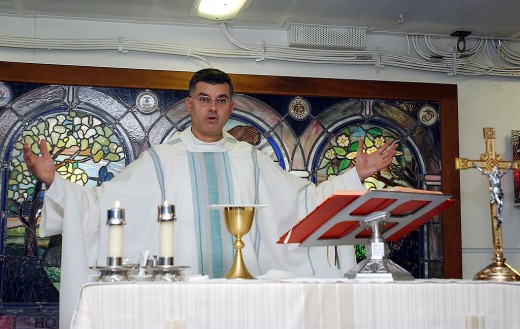
Catholic Prayer Books
Rite of Acceptance
Within the Inquiry step is the Rite of Acceptance. This is a formal mass, conducting on a Sunday, often during the months of October- December. During this step, the candidates are officially welcomed by the parish for the first time. The Rite of Acceptance ends the period of Inquiry.
Step Two: Catechumenate
There are two types of candidates. One is a Catechumenate or someone who has never been baptized. The second is a Candidate for Full Communion. This candidate has been baptized, Catholic or another faith, but has not received one or both of the remaining Sacraments of Initiation, First Communion or Confirmation.
During this Catechumenate step, the candidates receive a more formal training in the ways and teachings of the Church. In addition to the weekly classes, the candidates will attend mass as a group, and are dismissed after the homily. While they listen to the Word of God with the congregation, they are dismissed to continue their preparation in order to receive Full Communion in the Church.
Confirmation Names: Learning About The Saints
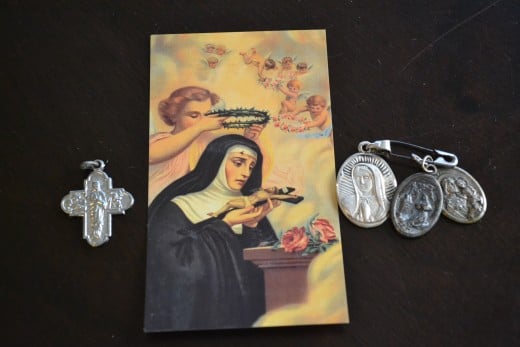
Choosing a Confirmation Name
During the steps of RCIA and prior to the Rite of Election, the candidates will choose Confirmation names. There are not defined rules for selecting a name. It is suggested that your Confirmation name reflect a saint's life that you admire and which to emulate. Catholic saints are canonized by the Church and are venerated for their holy and exemplary lives. Confirmation name selection is an opportunity to learn more about the Saints and their faith lives.
Step Three: Rite of Election
This is the second formal mass for the candidates. The Rite of Election typically occurs on the first Sunday of Lent. Some parishes host a Rite of Sending first. Candidate are then sent to join candidates from other parishes at a larger Rite of Election. During the Rite of Election, each catechumenate writes their name in the Book of the Elect. The mass is often times performed by the Diocesan Bishop. Depending on the size of the diocese, the Rite may be conducted in the Diocese’s cathedral.
Other Religion Hubs by Twinstimes2
- How to Behave at a Catholic Mass
If you have never been to a mass, you may ask yourself, "How do you behave at a Catholic Mass?" There are different rules that apply based on age and if you are Catholic or Non-catholic. - How to Pray and Prayers Unanswered
Have you ever had an unanswered prayer? Have you ever thanked God for not answering it? See why I thank God for unanswered prayers. - Why I Love Lent!
Lent is a time of penitence and preparation for Easter. Find out why I love Lent!
Step Four: Period of Purification
This is the final and most intense step of the RCIA candidates. This step lasts the duration of Lent, forty days. During this step, the candidates finalize their learning, enlightenment and preparation for the Easter Vigil.
Step Five: Easter Vigil
Easter Day is defined as the first Sunday after the full moon which happens upon or next after the 21st day of March; and if the full moon happens upon a Sunday, Easter Day is the Sunday after. Easter Vigil is the Saturday before Easter.
At the Easter Vigil mass, the candidates receive the Sacraments of Initiation. Catechumenates will receive Baptism, First Communion and Confirmation. Candidates for Full Communion will receive First Communion (if they have not already) and Confirmation. At this point, all candidates are considered Full Adult Members of the Catholic Church.
Step Six: Mystagogy
Mystagogy is anopportunity for those who have concluded their RCIA process to continue to learn more and deepen their faith. The newly initiated member of the Church, or neophytes, continue to gather and learn. This period of time is variable based on each parish.
St. Francis: My Husband's Gift After His Catholic Conversion
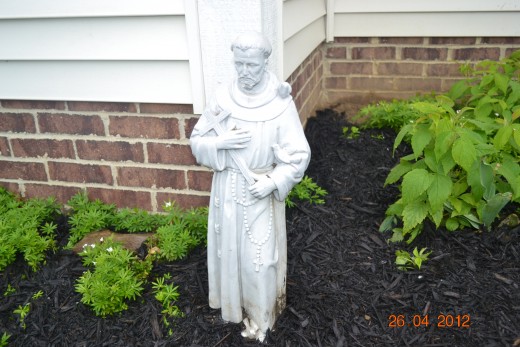
Recalling My Husband's Journey
My husband followed these steps. I remember the weekly classes. I recall going to mass together and he was dismissed with his class to learn more about our faith. I attended the Rite of Election conducted by our Bishop. I thoroughly enjoy masses by the Bishop due to the associated pomp and circumstance. I attended Easter Vigil with my husband. The two or more hour mass passed quickly as the importance and symbolism of the ceremony was captivating. I felt my faith deepen watching him receive Communion and Confirmation. I was proud of his journey. He was proud of himself.
Everyone must follow their own path through life. If your path leads you to Catholicism, take your conversion seriously. It is a life changing commitment involving time, education, tradition and ultimately, a deeper understanding of your new faith.
Your faith is your own. Embrace your journey.
© 2012 Karen Lackey





